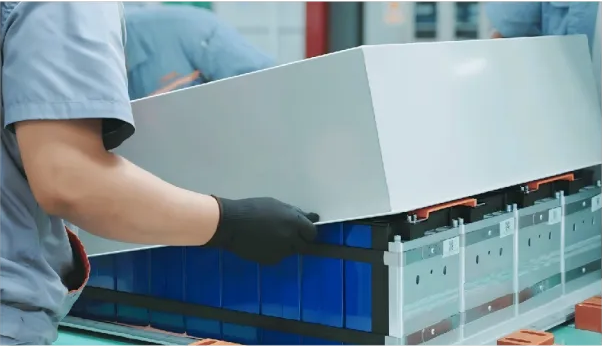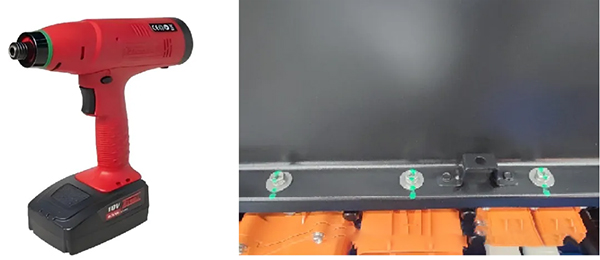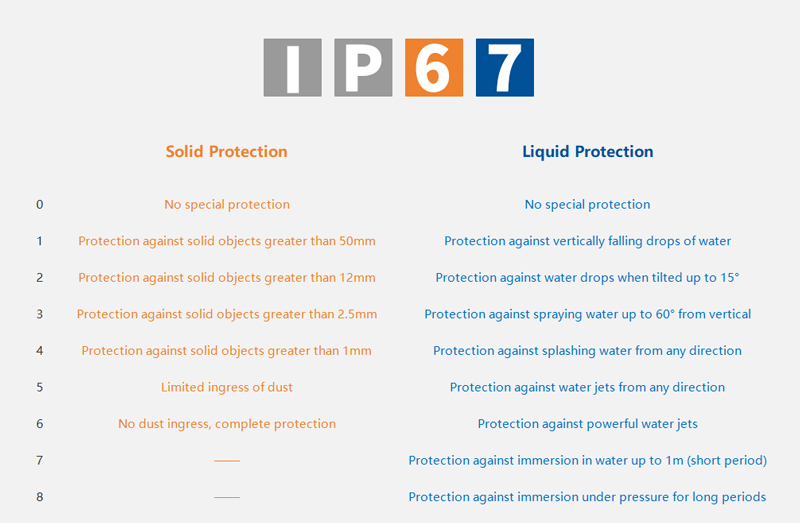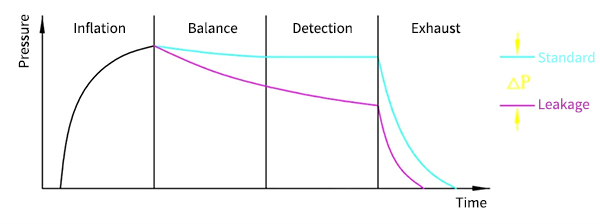Categories
New Blog
Battery Pack Assembly Process Series 5 - Finished Pack Assembly
May 29 , 2025Battery Pack Assembly Process Series 5 - Finished Pack Assembly
Finished pack assembly is to form a complete "army" of various departments, materials, communications and transportation systems.


The protection level (IP level) consists of two numbers, the first number indicates the dustproof ability, and the second number indicates the waterproof ability.

There are three main methods for testing the protection level:


Leakage rate: Pressure drop per unit time, for example 0.02 Pa/s. The leakage rate can also be defined as a flow unit, such as 4cm/min. In addition to specifying the air volume parameters (such as standard cm/min) allowed to leak under standard use conditions, a complete testing specification should also specify the pressure when the air leaks.
Leakage calculation formula:
(3) Factors affecting air tightness